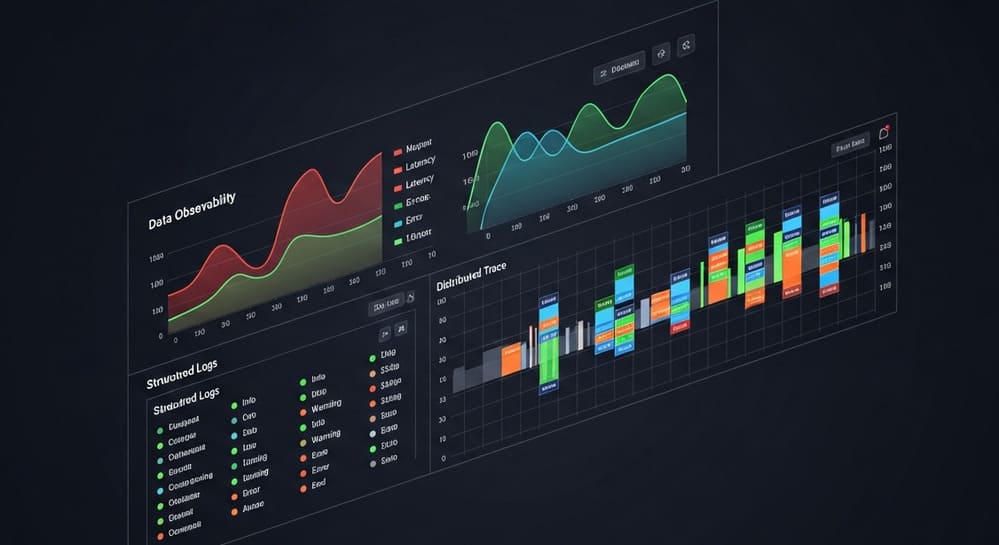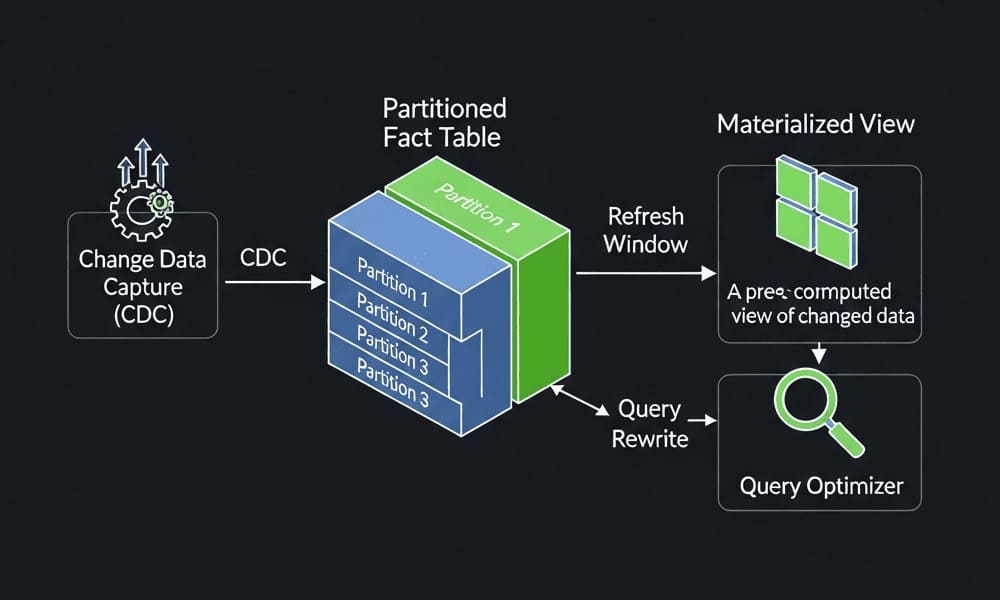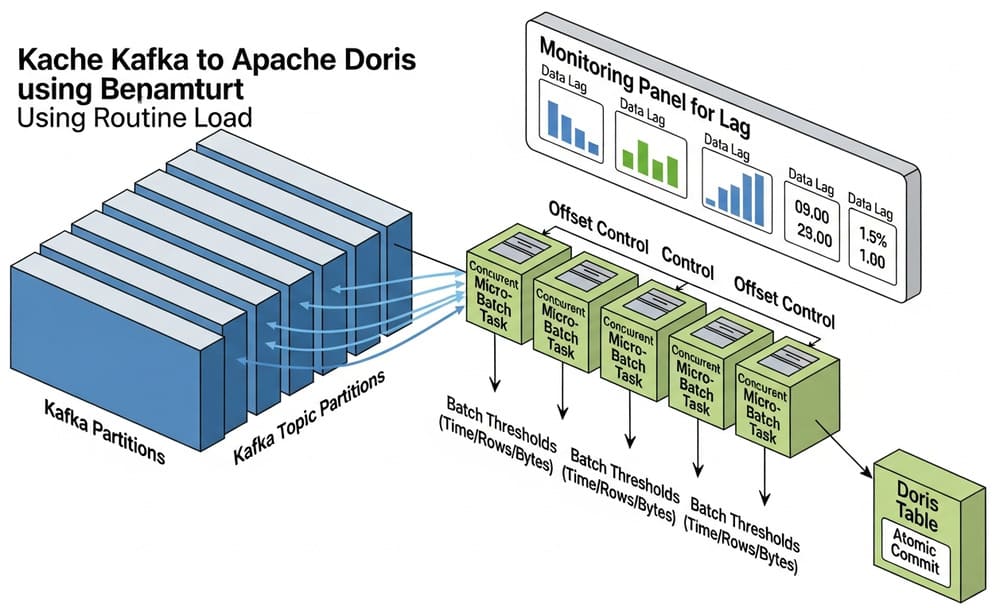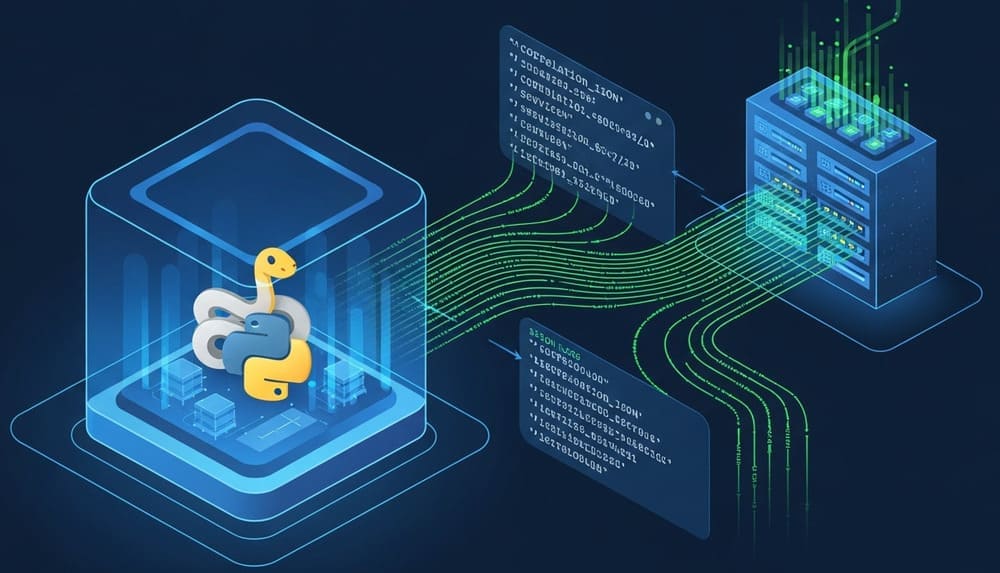Snowflake Zero-Copy Cloning: The Fastest, Safest Way to Spin Up Prod-Like Data
You’re asked to test a risky migration by end of day. You need a production-sized dataset, but no one will sign off on copying terabytes. In Snowflake, you don’t copy—you clone. Minutes later you’re testing against a full, point-in-time snapshot without blowing your storage bill.
Why this matters
- Speed: Create full database/schema/table snapshots in seconds (metadata operation).
- Safety: Point-in-time snapshot; source can’t be corrupted by changes in the clone.
- Cost: Zero-copy until you modify data; only deltas are billed.
- Use cases: Blue/green releases, QA/UAT environments, hotfix branches, backfills, data investigations, incident forensics.
How cloning actually works (architecture & mechanics)
Snowflake stores table data in immutable micro-partitions. A clone is a new object whose pointers reference the same partitions as the source at a specific Time Travel point.
- Copy-on-write: When either source or clone is updated, new partitions are written and billed; unchanged partitions remain shared.
- Retention coupling: Time Travel / Fail-safe retention of shared partitions is governed by the max retention required by any referencing object.
- Scope: You can clone at database, schema, or table level (plus many object types within).
- Time Travel snapshot: Use
AT/BEFOREto clone from a timestamp or statement.
Mental model
Think of the clone as a new catalog entry (new fully qualified name) with pointers to existing storage blocks. Writes create new blocks; reads use whichever set of blocks the object points to.
Quick starts (copy-paste ready)
1) Full database clone (latest state)
-- Role with OWNERSHIP on target container required
CREATE OR REPLACE DATABASE prod_clone CLONE prod;
2) Schema clone at a moment in time (point-in-time recovery / forensic)
CREATE SCHEMA analytics_forensics
CLONE prod.analytics
AT (TIMESTAMP => TO_TIMESTAMP_LTZ('2025-11-20 14:30:00'));
3) Table-level hotfix branch
CREATE OR REPLACE TABLE orders_fix CLONE prod.sales.orders;
-- Safe to experiment here:
UPDATE orders_fix SET status = 'REPAIRED' WHERE event_ts < '2025-11-01';
4) Blue/Green with instant swap
-- Prepare a green DB as a clone of prod
CREATE OR REPLACE DATABASE green CLONE prod;
-- Run migrations, validation, smoke tests on green...
-- Zero-downtime cutover
ALTER DATABASE prod SWAP WITH green;
-- Names are swapped; "prod" now points to green’s data/objects.
5) Time-boxed sandbox for analysts
CREATE OR REPLACE SCHEMA sand_alex CLONE prod.analytics;
-- After use:
DROP SCHEMA sand_alex; -- Only unique deltas are billed; shared data remains.
What gets cloned? (and what doesn’t bite you later)
| Object Type | Clone Support | Notes that actually matter |
|---|---|---|
| Database / Schema / Table | ✅ | Instant snapshot; copy-on-write for changes. |
| Views (incl. secure) | ✅ | Definitions clone; underlying tables determine data. |
| Materialized Views | ✅ (definition) | Storage may need refresh; treat as new MV population. |
| Stages | ✅ (metadata) | Internal files are not duplicated; pointers remain valid. |
| File Formats / Sequences / Functions / Procedures | ✅ | Sequences clone with current value at snapshot time. |
| Tasks | ✅ | Clone is created disabled; enable explicitly after review. |
| Streams | ✅ | Offsets reflect the snapshot; re-validate consumption plan. |
| External Tables / External Stages | ✅ (definition) | Reference same external data; no storage impact. |
| Grants/Privileges | ⚠️ | Privileges are not copied. New object owner = creator’s role. Re-grant intentionally. |
Rule of thumb: DDL clones; operational state (task enablement, stream targets, grants) requires conscious re-activation.
Best practices (battle-tested)
- Always snapshot intentionally
UseAT (TIMESTAMP=> ...)in change-heavy systems to ensure deterministic test baselines. - Automate grants post-clone
- Capture current grants:
SHOW GRANTS ON <object> - Reapply via a grant script or a stored procedure.
- Don’t assume grants “come along”—they don’t.
- Capture current grants:
- Use SWAP for cutovers
Prepare in a clone, validate hard, thenSWAP. It’s atomic and reversible (swap again) if you detect issues. - Budget Time Travel wisely
Longer retention increases how long shared partitions must be kept. Keep prod retention as required; keep dev/test retention short. - Name with intent
PROD_<DOMAIN>;GREEN_<DATE>;FORENSICS_<INCIDENT_ID>;SANDBOX_<USER>_<YYMMDD>- Tag with purpose/owner/expiry via object tags or comments.
- Clean up aggressively
Drop clones once done. Storage for unique deltas vanishes; shared partitions remain as long as another reference needs them. - Be explicit with tasks/streams
- Repoint stream consumers in test to avoid double-consumption.
- Enable cloned tasks only after checking schedules and warehouses.
- Watch write amplification
BulkUPDATE/DELETEin clones can create lots of new partitions → storage costs. Prefer CTAS to produce compacted results if the clone is long-lived.
Common pitfalls (and how to avoid them)
- “My permissions disappeared.”
Correct—grants don’t clone. Script your RBAC re-grants per environment. - “My cloned task started running in prod!”
It shouldn’t—cloned tasks are disabled. If it ran, you enabled it in the wrong account/role. Separate accounts for prod vs non-prod. - “Why is storage creeping up after cloning?”
You’re writing in source and clone. Shared partitions become unique. Also check long Time Travel retention. - “MV shows stale data after clone.”
Refresh/populate the clone’s materialized views; treat them as new physicalizations. - “Stream offsets are weird.”
They’re consistent with the snapshot. Validate consumers and re-seed if needed.
Real-world patterns you can copy
A) Prod-like UAT with safe backfills
-- Snapshot prod
CREATE OR REPLACE SCHEMA uat CLONE prod.core;
-- Run your backfill on the clone
CREATE OR REPLACE TABLE uat.orders_bf AS
SELECT * FROM uat.orders WHERE order_date >= DATEADD('day', -90, CURRENT_DATE);
-- Validate metrics...
-- If good, re-run the same backfill logic against prod (idempotent scripts only).
B) Instant incident forensics
CREATE OR REPLACE DATABASE forensics
CLONE prod
BEFORE (STATEMENT => '01ae1c3a-0201-4b7e-9f8f-...'); -- the bad deploy statement
-- Diff queries here are safe.
C) Dev sandbox that doesn’t leak cost
CREATE OR REPLACE SCHEMA sand_ekaterina CLONE prod.analytics;
-- Work…
-- Summarize to compact:
CREATE OR REPLACE TABLE sand_ekaterina.session_sample AS
SELECT * FROM sand_ekaterina.sessions SAMPLE (5);
DROP SCHEMA sand_ekaterina;
Cost & governance cheat sheet
- Compute: Cloning itself is free; queries on clones use normal credits.
- Storage: Billed only for new/changed micro-partitions after the snapshot.
- Retention pressure: The more clones you keep, the longer some partitions must be retained → higher baseline storage.
- Auditing: Track lineage via comments/tags:
COMMENT = 'CLONE OF prod.analytics @ 2025-11-20 by alex.k'.
Internal link ideas (for your site)
- “Snowflake Time Travel vs Fail-safe: What’s Actually Recoverable”
- “RBAC in Snowflake: A Practical Grant Strategy for Multi-Env”
- “Zero-Downtime Releases with ALTER … SWAP: A Field Guide”
- “Streams & Tasks Deep Dive: Orchestrating CDC in Snowflake”
- “Cost Guardrails: Monitoring Storage & Time Travel Consumption”
Conclusion & takeaways
- Clone instead of copy to get production-like data instantly and cheaply.
- Treat clones as ephemeral sandboxes with explicit grants and short retention.
- Use SWAP for controlled, reversible cutovers.
- Validate tasks/streams/materialized views after cloning to avoid surprises.
- Clean up on schedule—clones are disposable.
Brutal honesty: Most teams overspend because they keep clones forever and mutate both source and clone. Don’t be that team—time-box, script your grants, and delete on schedule.
Image prompt
“A clean, modern data architecture diagram showing Snowflake zero-copy cloning: a production database pointing to shared micro-partitions, with cloned schemas referencing the same partitions and diverging after writes. Minimalist, high-contrast, isometric 3D style with labeled arrows (Time Travel snapshot, copy-on-write).”
Tags
#Snowflake #ZeroCopyCloning #DataEngineering #TimeTravel #DatabaseDesign #BlueGreen #RBAC #CostOptimization




